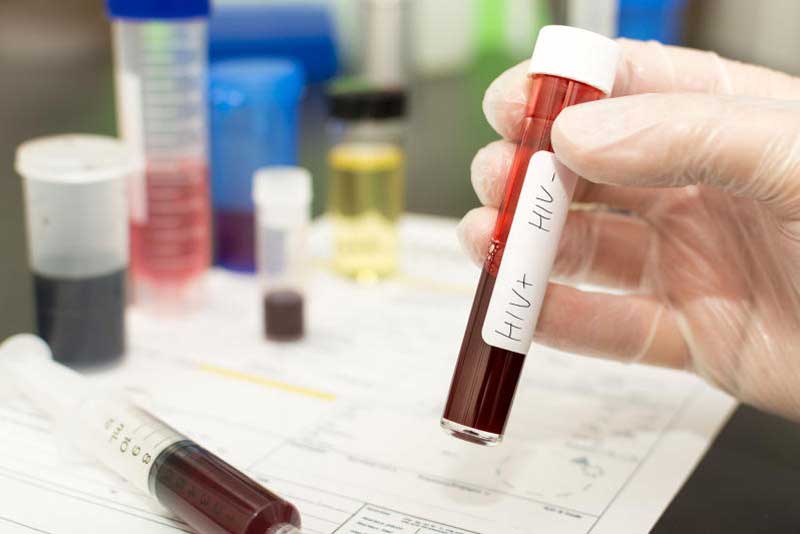×
The Standard e-Paper
Truth Without Fear

Some 779,900 Kenyans living with HIV are not on any form of treatment, according to the Kenya Aids Response Progress Report 2018.
Some 1.4 million people are infected with the virus. In 2010, some 627,900 adults aged 15 and above needed anti-retroviral treatment (ART). This number grew to 1,338,200 in 2017, according to the report.